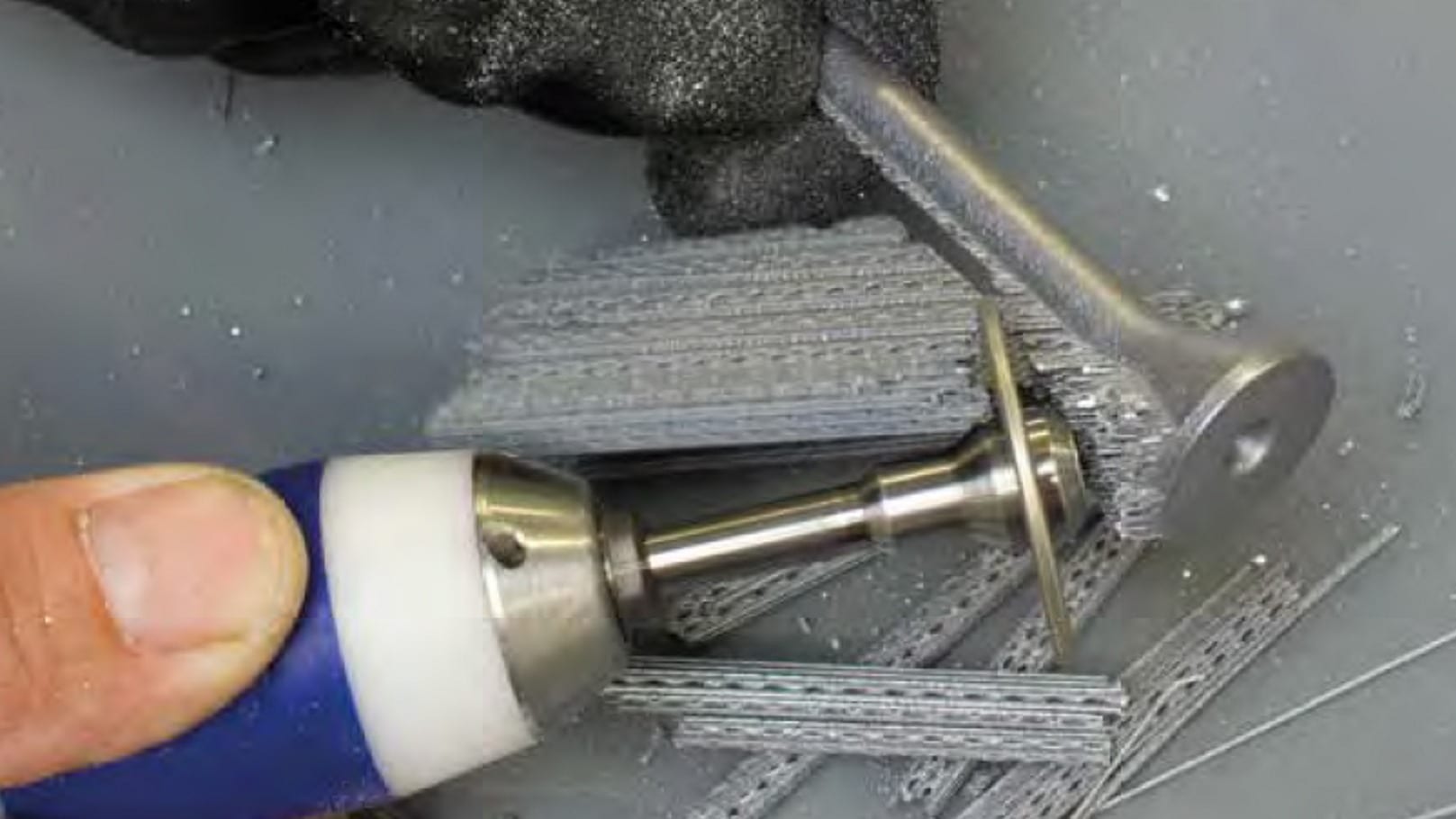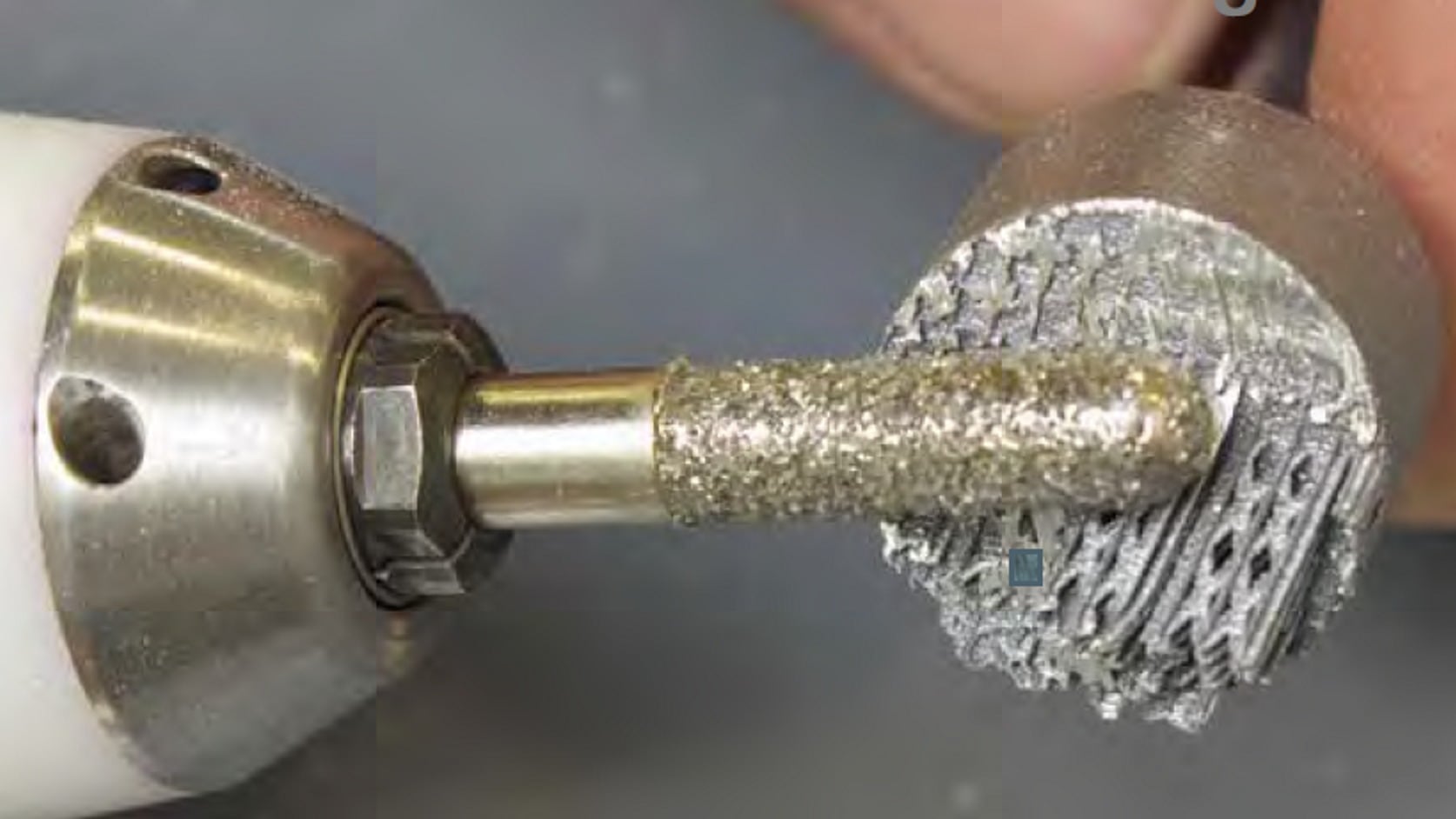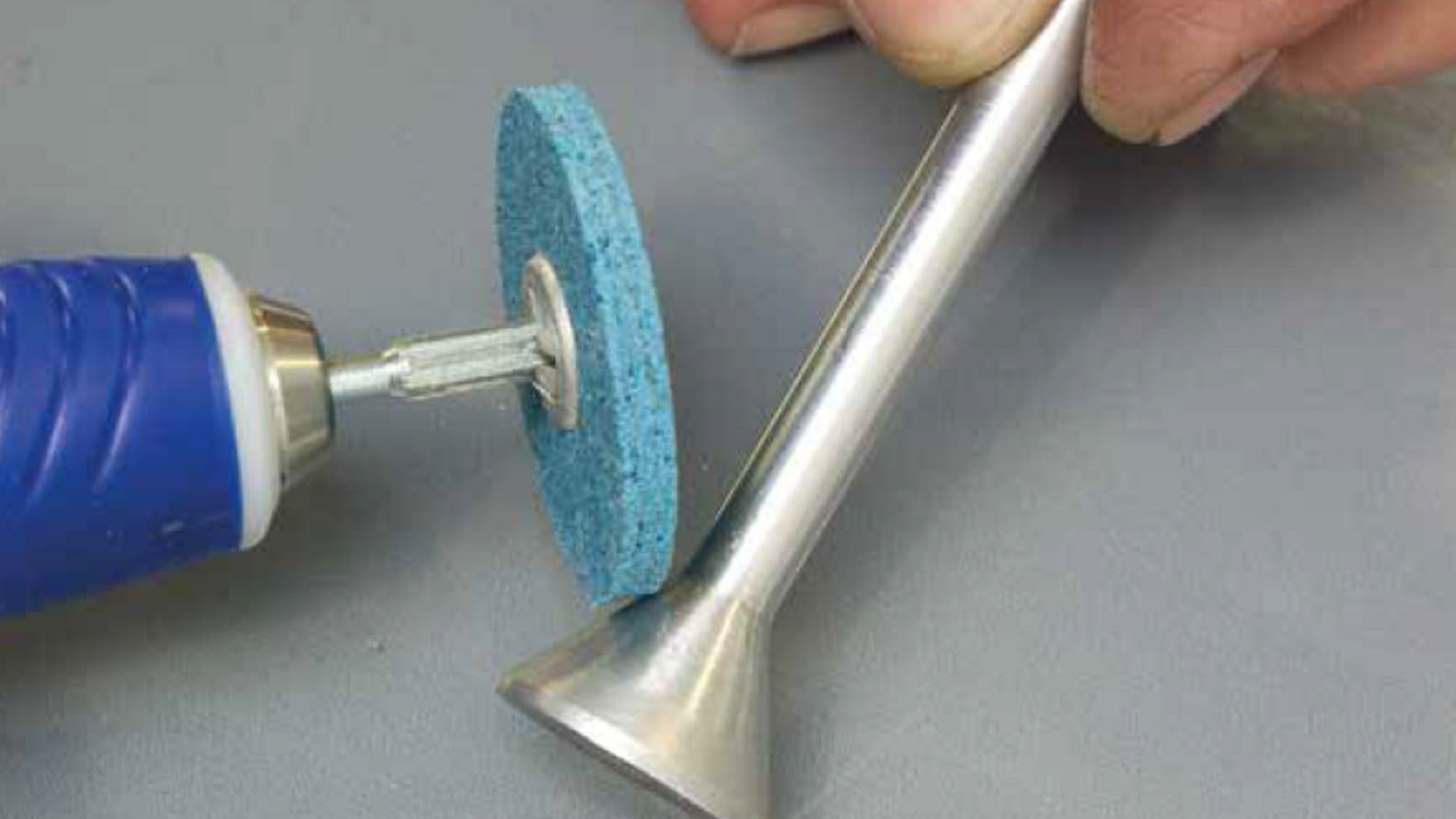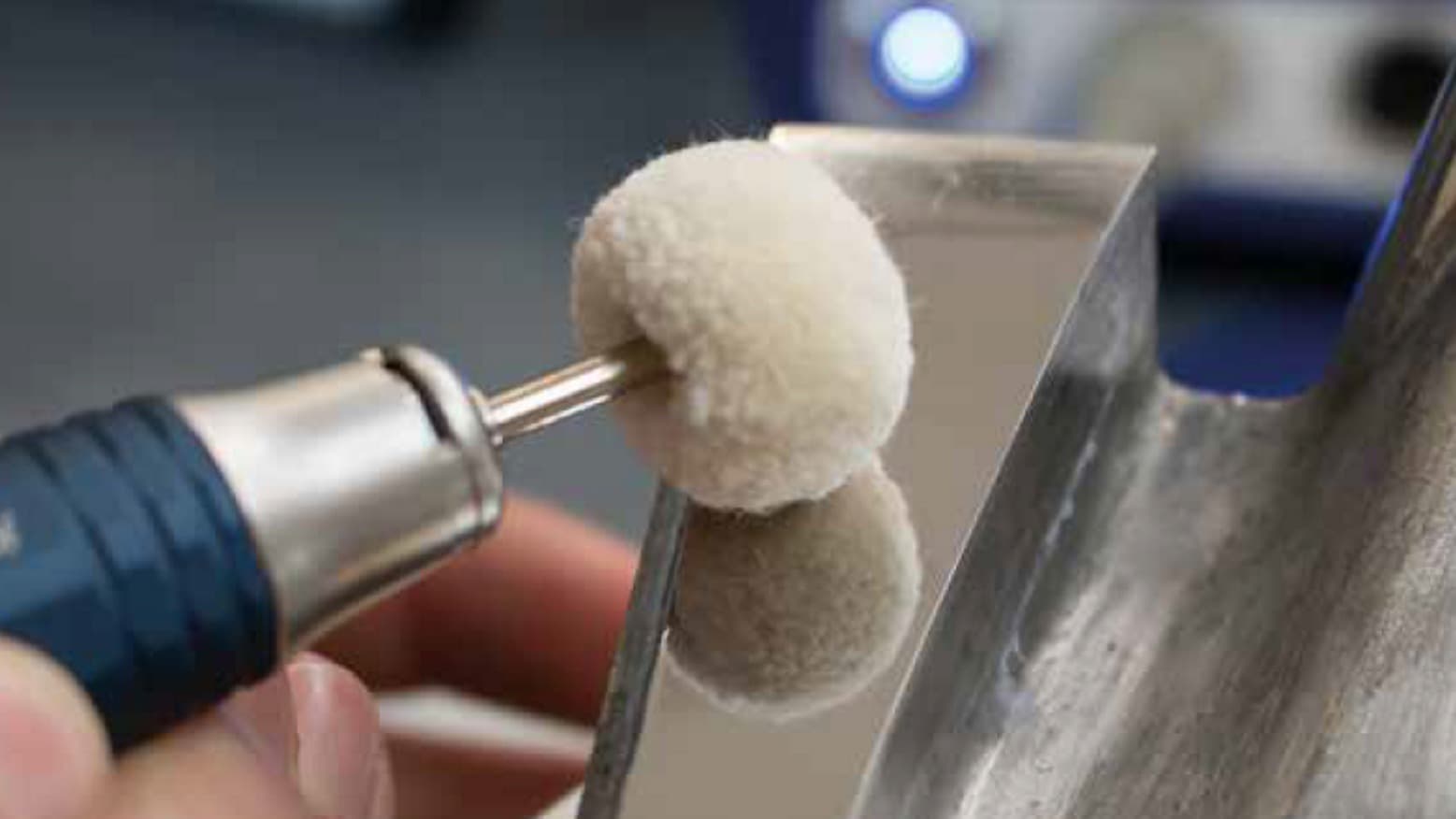The correct finishing of additive manufactured products is often a big challenge. This showcase shows which equipment is required for the various post-processing steps - from removing the supporting structures to surface treatment and finishing.
A problem in additive manufacturing often remains the post-processing with the questions:
- How do I remove the support structures quickly and easily without damaging the mould?
- What is the fastest and most effective way to get to my desired surface?
- How do I edit shapes that are difficult to access?
With the devices and tools from Joke, Hatag offers you the right solution for the finishing of additively manufactured parts in plastic and metal. These enable the following postprocessing steps:
- Removal of support structures
- Rough surface treatment
- Reworking
Finishing
1. Removal of support structures
The strengths and processing possibilities of plastics are very different. In most cases, however, precision pliers are already making very good progress. An ultrasonic mini cutter is a very good alternative for those who have to process larger quantities or simply prefer to do it mechanically. It guarantees "butter-soft" and precise separation of supports and protrusions.
You need other solutions for removing support structures from metal parts. Materials that are difficult to machine are best machined with diamond tools. The super-hard cutting material diamond is excellently suited for short-chipping materials. The enormous hardness has many advantages, e.g. long service life, shape and dimensional accuracy, and therefore enables the machining of the hardest materials such as Inconel and titanium. With conventional steels and stainless steels, solid carbide circular saw blades are used to free the tool from supports more easily than with conventional tools.
2. Rough surface treatment
As with any activity, the preparatory work must be carried out prior to surface finishing. The more precisely these are carried out, the less effort is required for post-processing and finishing. Especially when machining hard materials, tools with long tool life and maximum cutting performance are required.
For this purpose we offer the following Joke products:
- Deburring knife for manual deburring of plastics
- Ceramic burrs for machine deburring of plastics
- Ultra-fine carbide burrs for effective, clean grinding
- Burrs with coarse toothing for aluminium machining
3. Post-processing
What happens when the support structures have been removed but the workpiece has to reach a better surface?
There are several possibilities here:
- Grinding is a machining process for fine and final machining of workpieces. It can be used manually or on grinding machines. As with all cutting processes, excess material is removed in the form of chips. The edges of the microscopically small, hard, mineral crystals in the grinding tool function as cutting edges.
- Polishing is a machining process for various materials. The polishing grain contained in the polishing paste mechanically engages the surface. The polishing process often comprises several stages. The polishing time is mainly determined by the initial condition (pre-sanding), the performance of the polishing medium used, the selected process parameters such as contact pressure and number of revolutions as well as the desired end surface.
- Blasting is a surface treatment in which blasting media is directed at high speed onto the workpieces. In addition to various machine types and setting parameters, the blasting result essentially depends on the type of blasting medium selected. The selection of the abrasive is a decisive factor in controlling the application. From refining and solidifying the surface, through cleaning and deburring, to rapid and aggressive removal.
4. Finishing
Finishing involves the final processing steps to improve the surface - either for technical or purely optical purposes. Depending on material, tool and processing, surface results can be achieved from line to high-gloss polishing.
The first steps towards polishing are achieved by using abrasive files or abrasive cloth. If the surface is to be polished, polishing felts are used in combination with diamond pastes. Here you can gradually achieve better and shinier surface results by using the pastes from coarse to fine grain size step by step.
It is important to clean the surface before using a finer paste and always use a new felt. This is how
Impurities or residues of coarse diamond grains are not incorporated into the result.
We will be happy to advise you on the right products for your 3D print finishing. Please contact us for a non-binding conversation!



